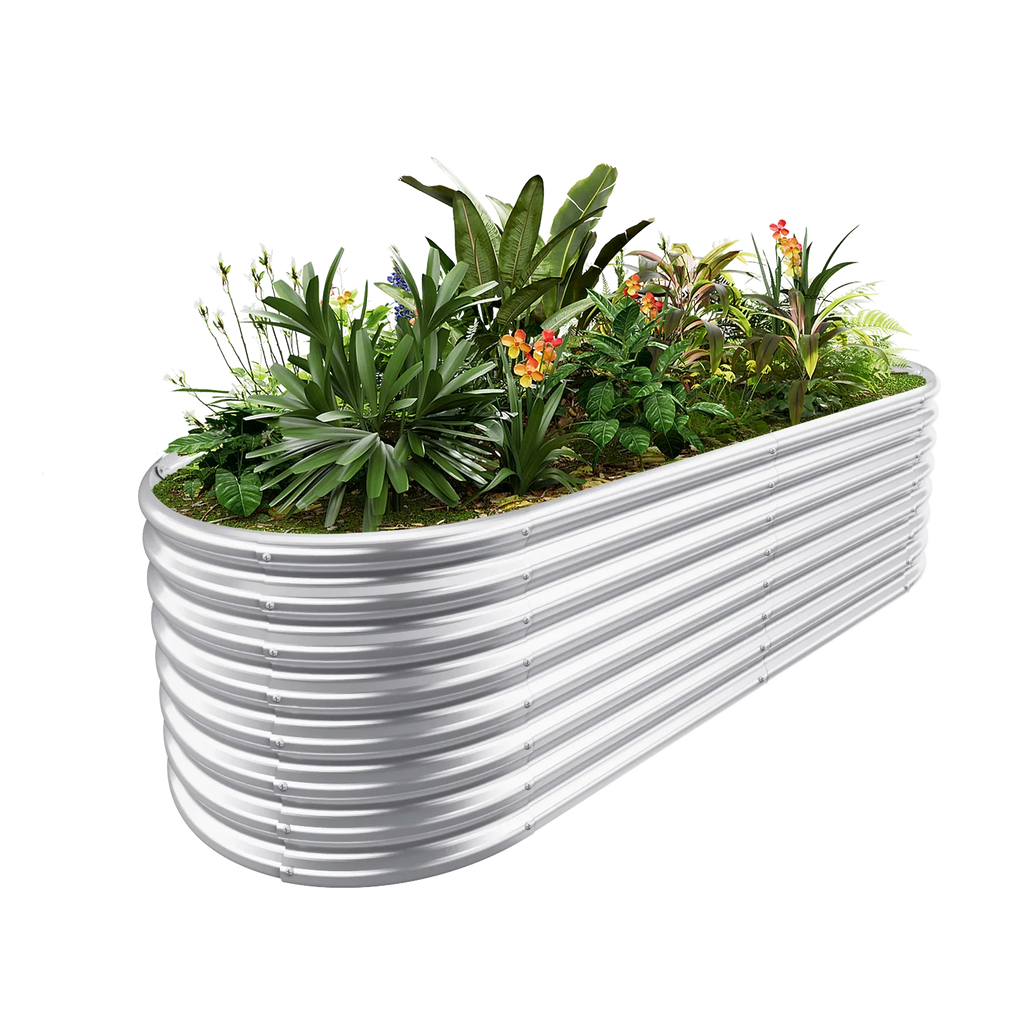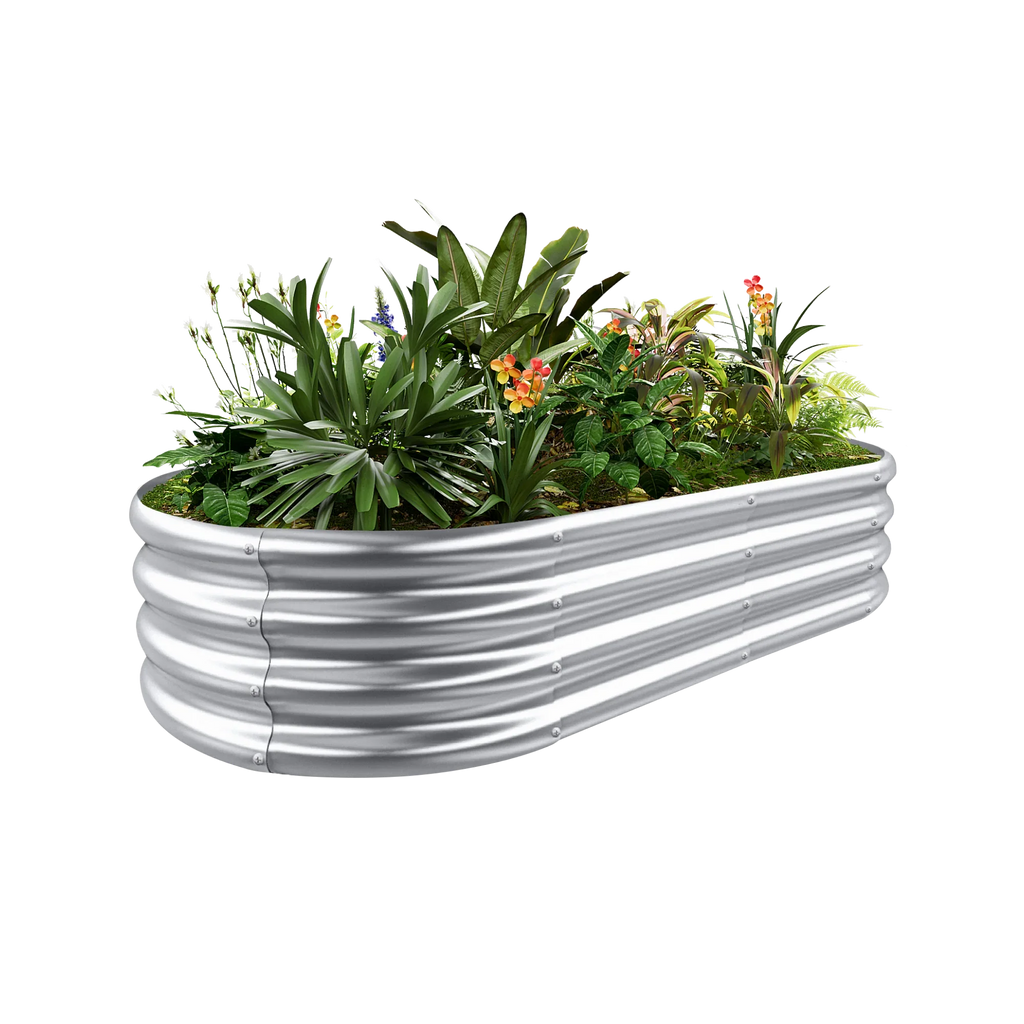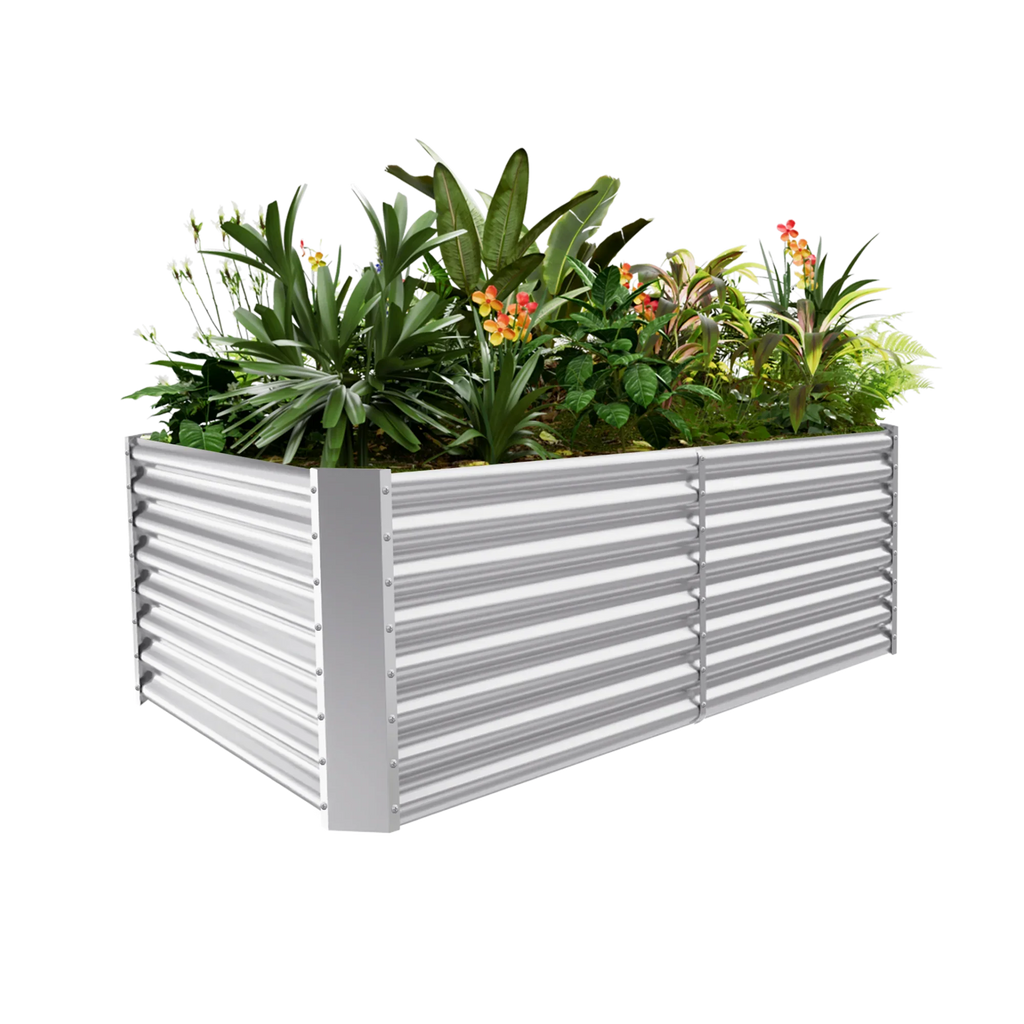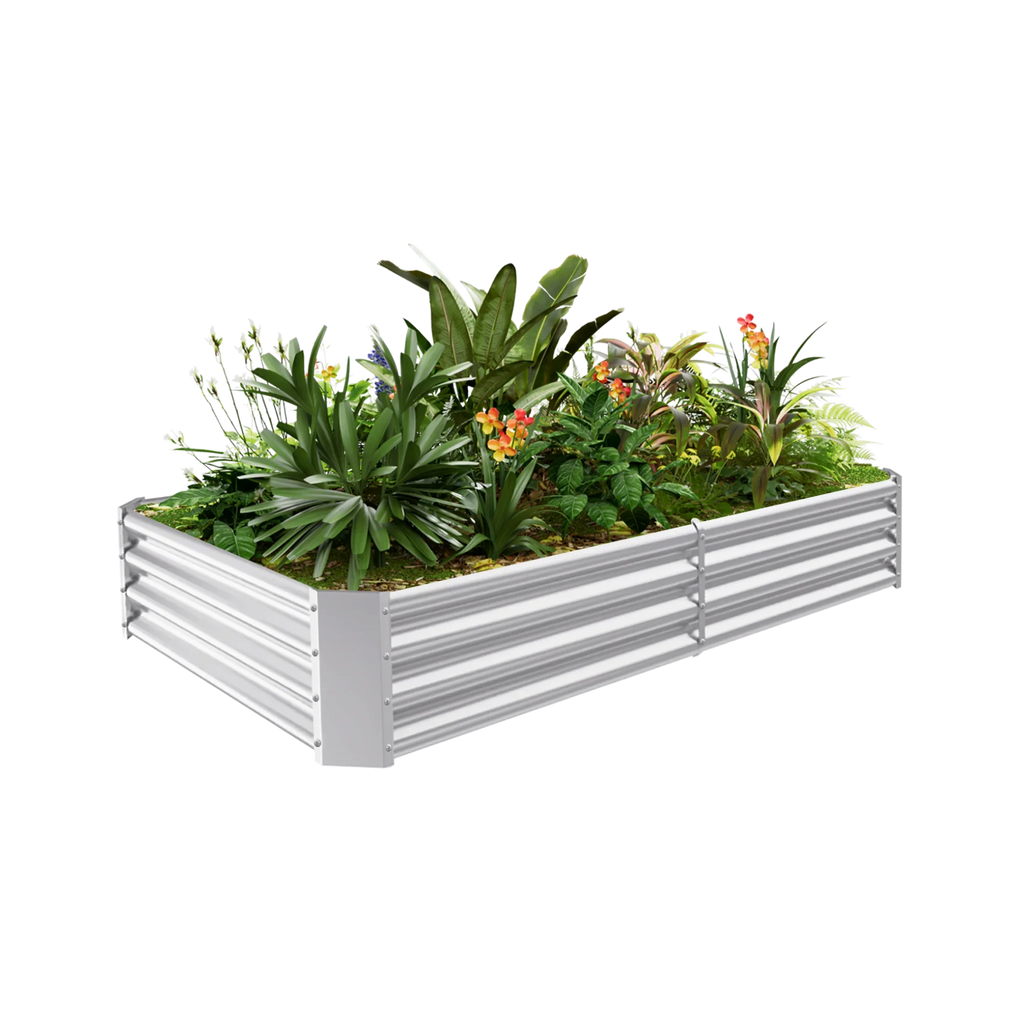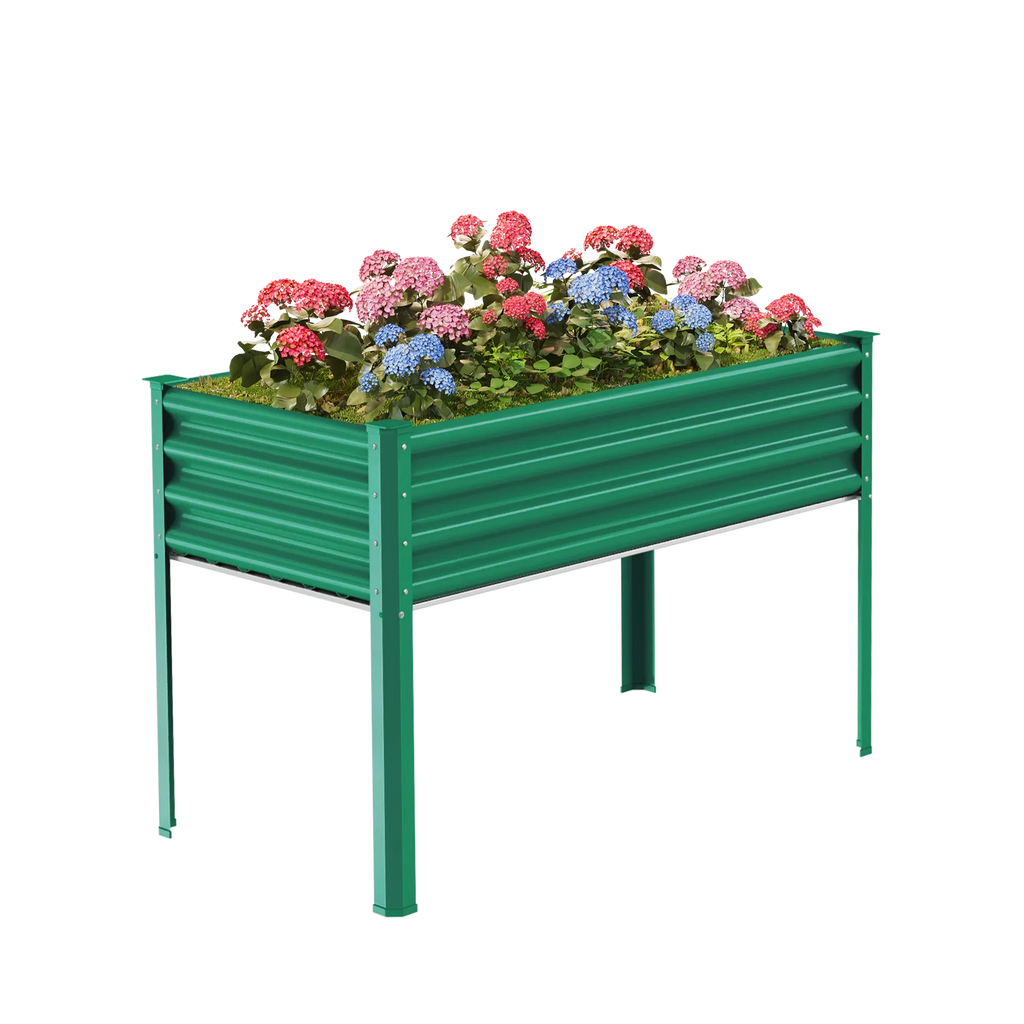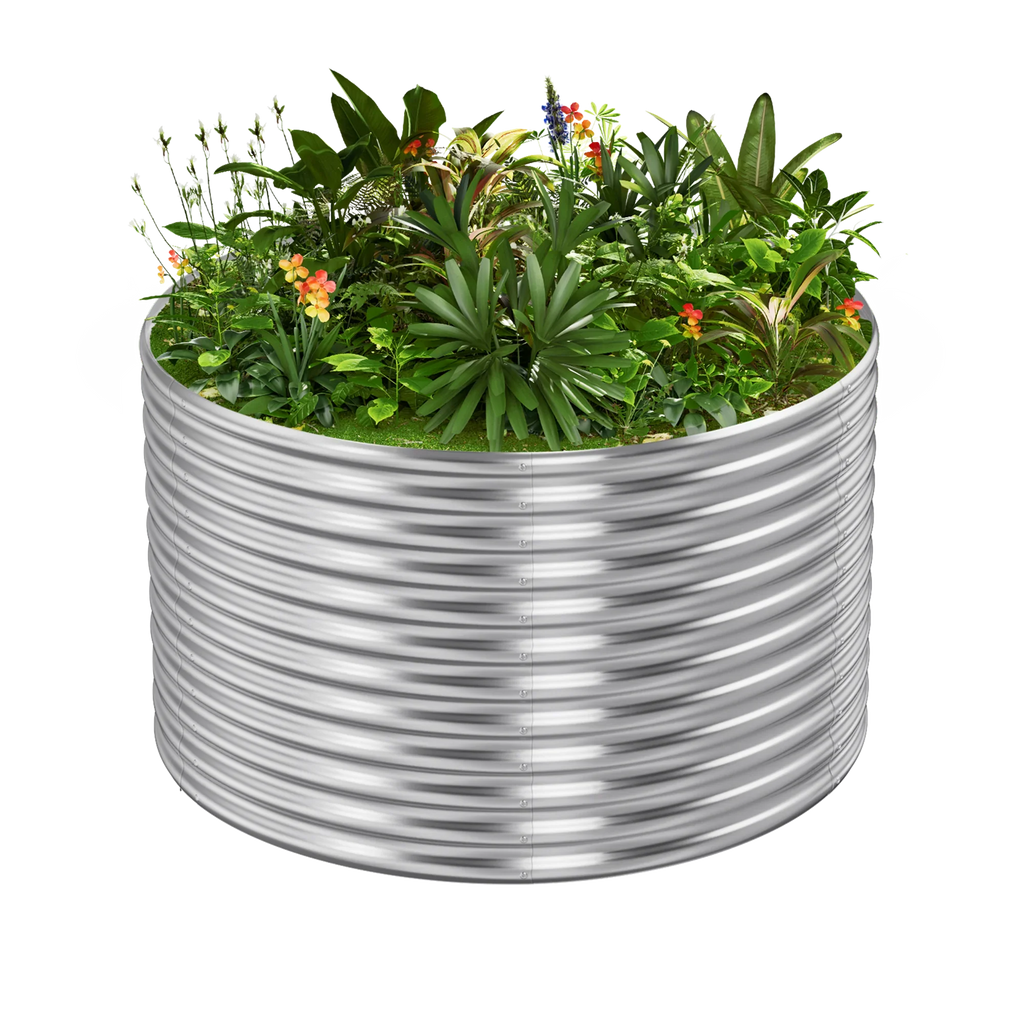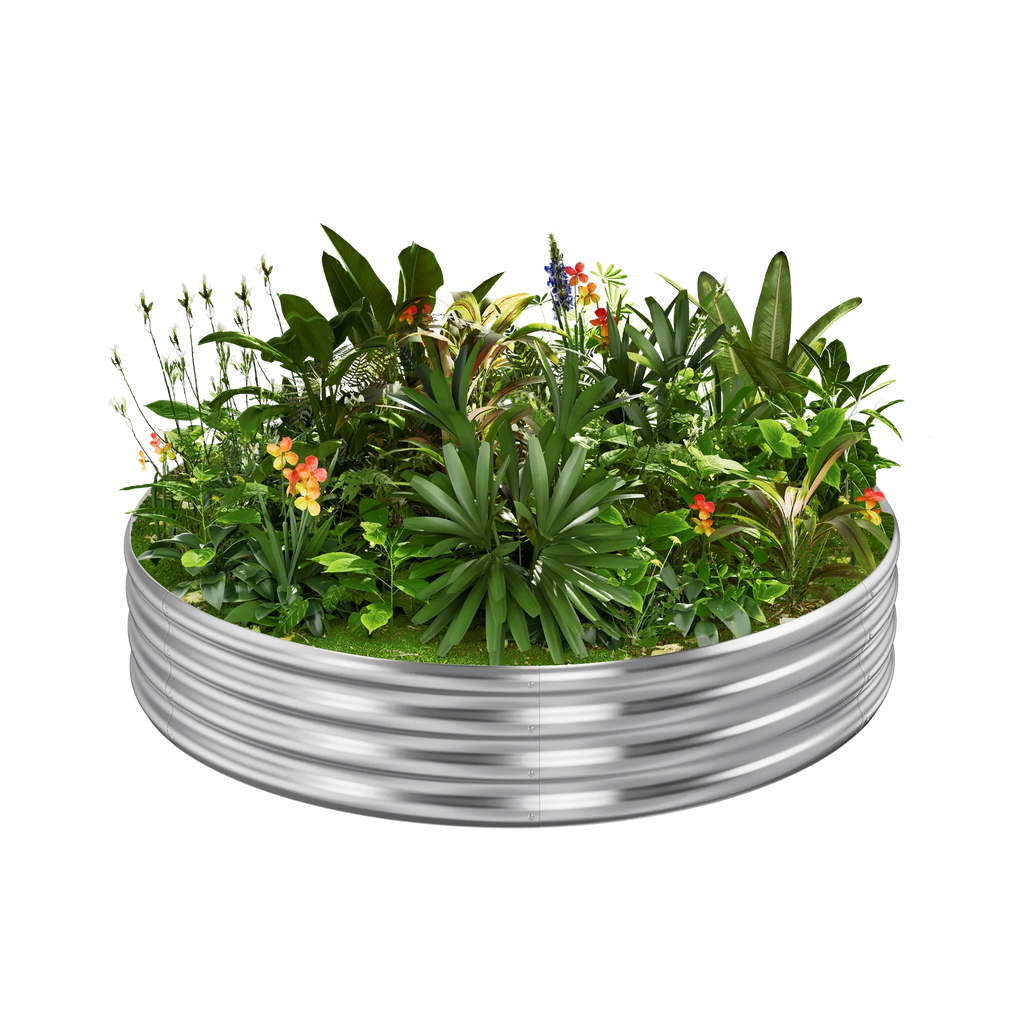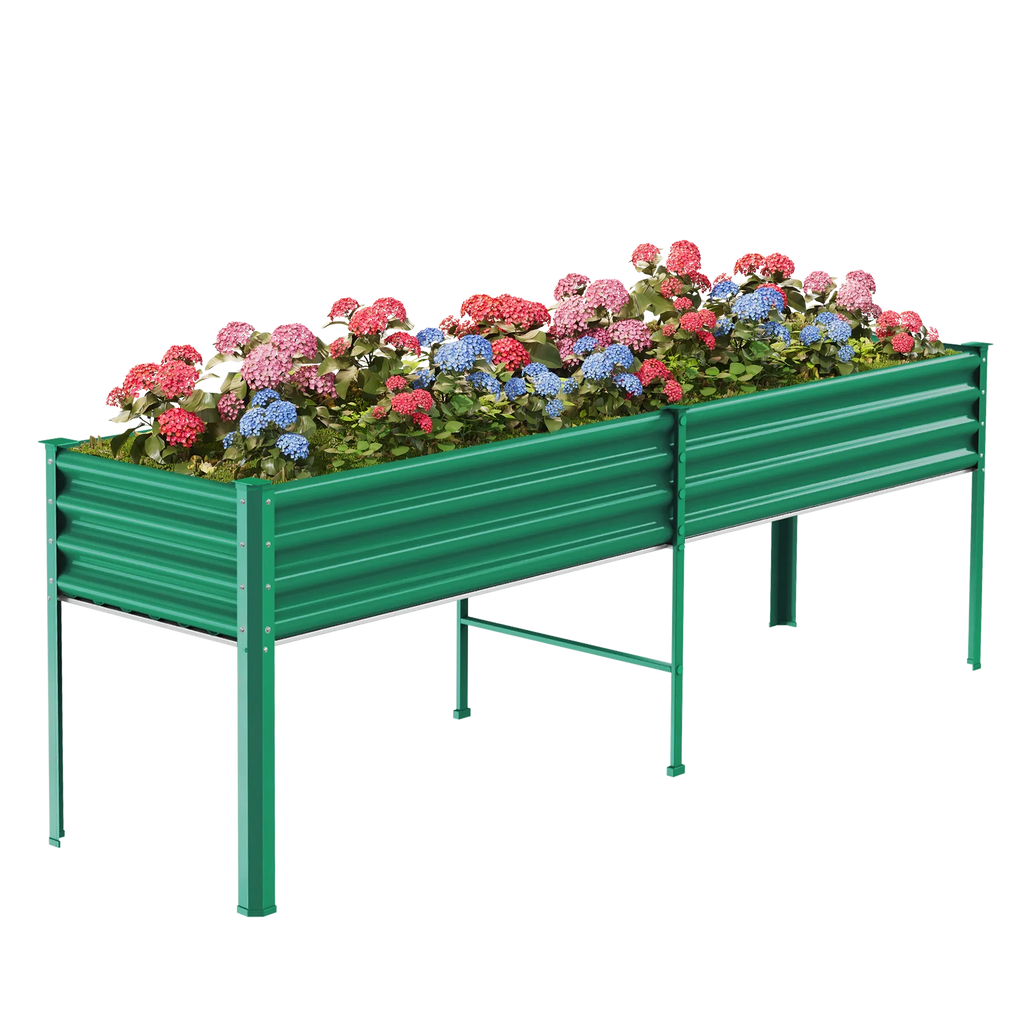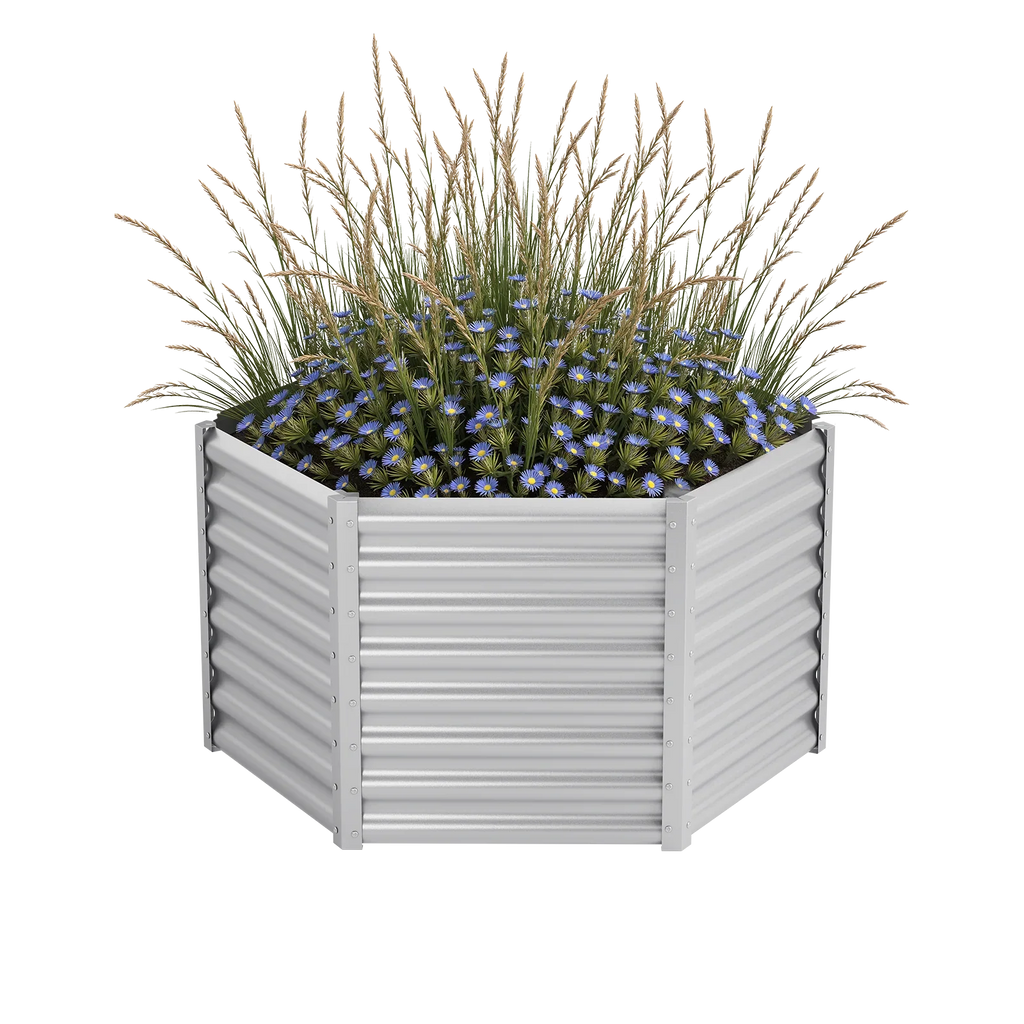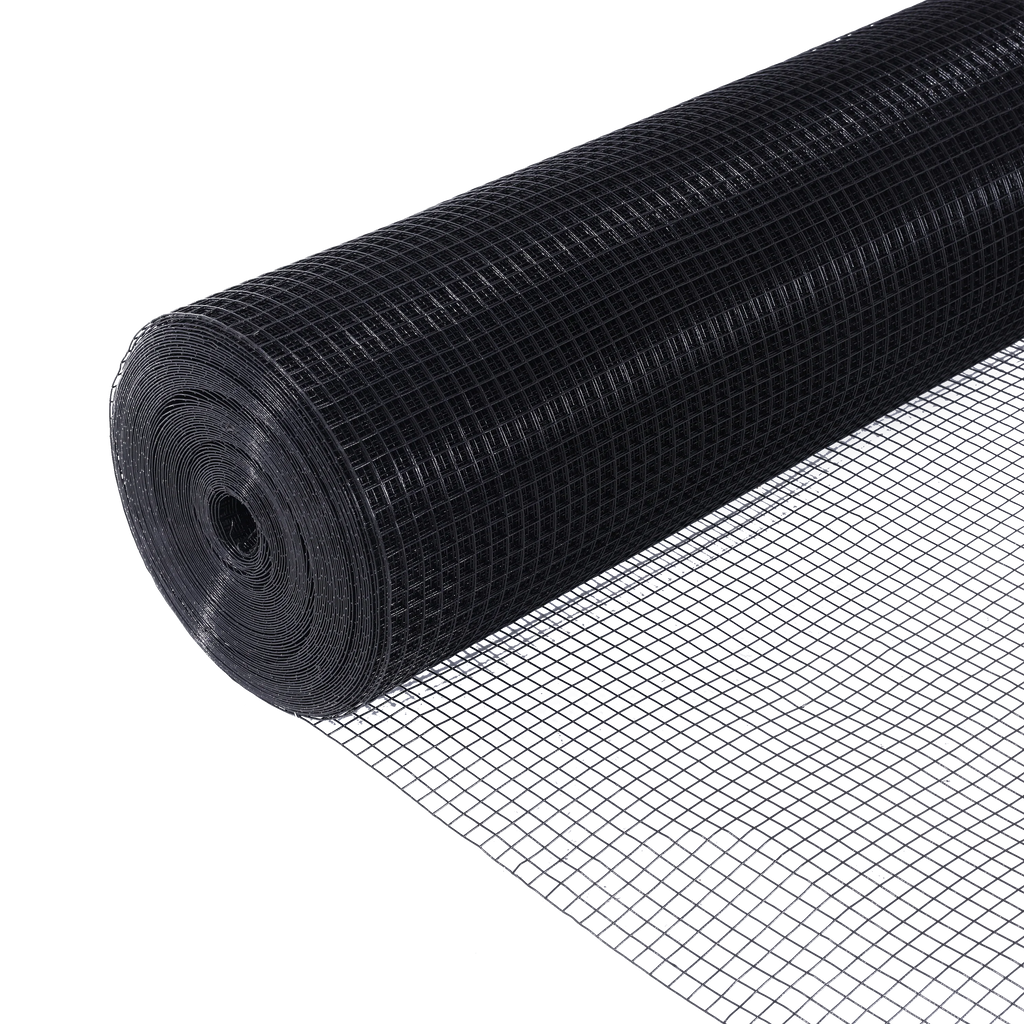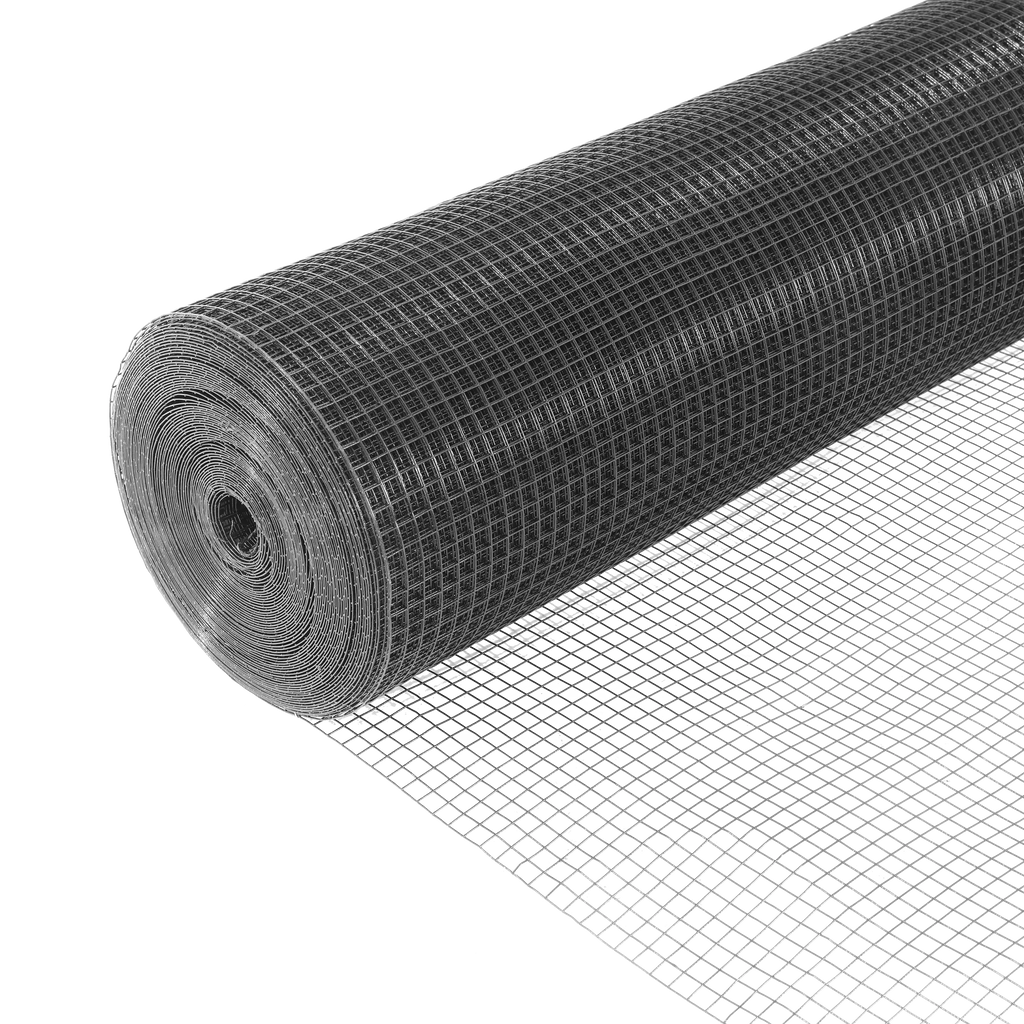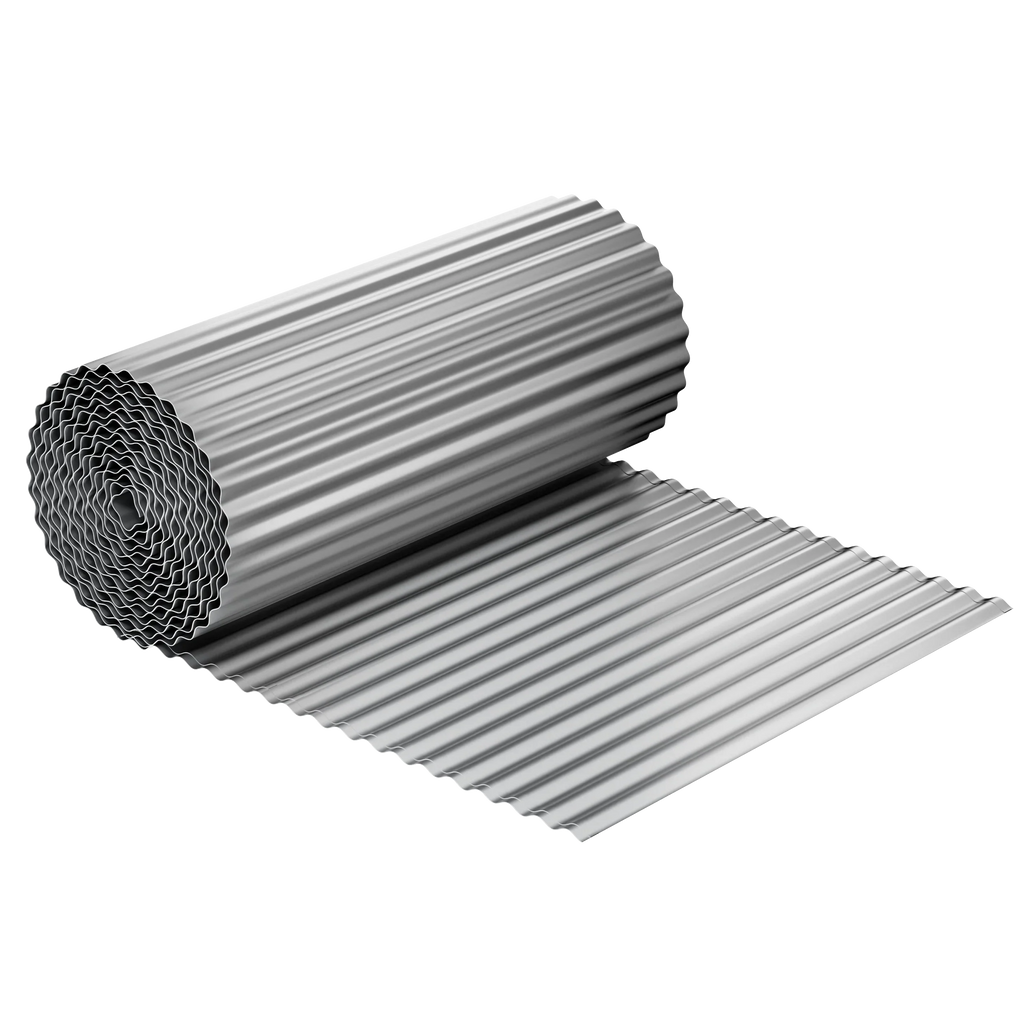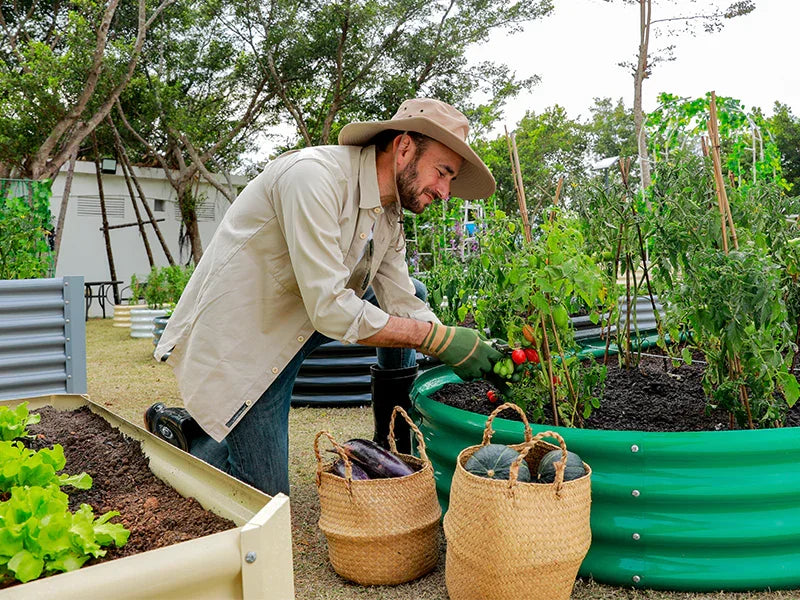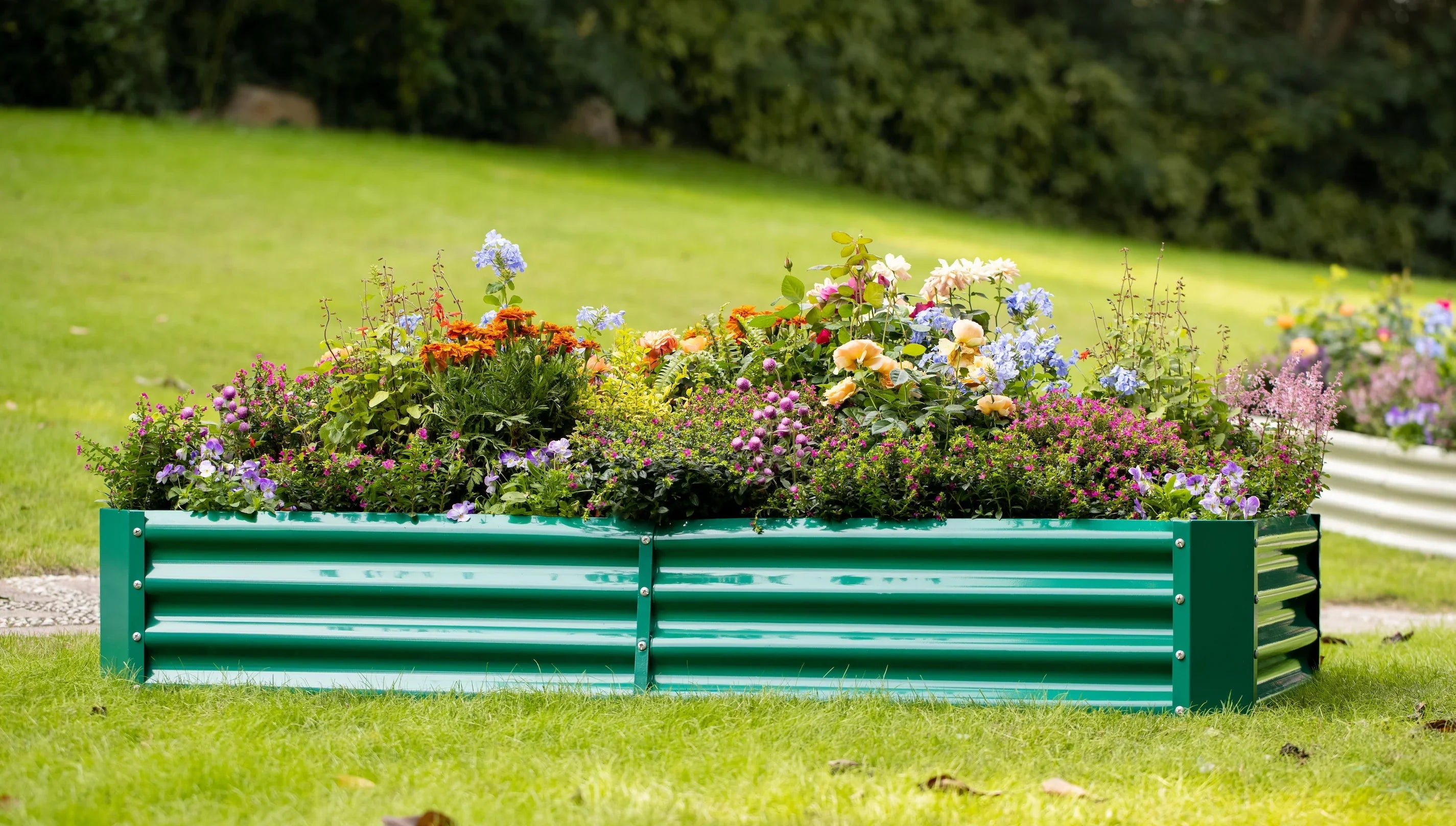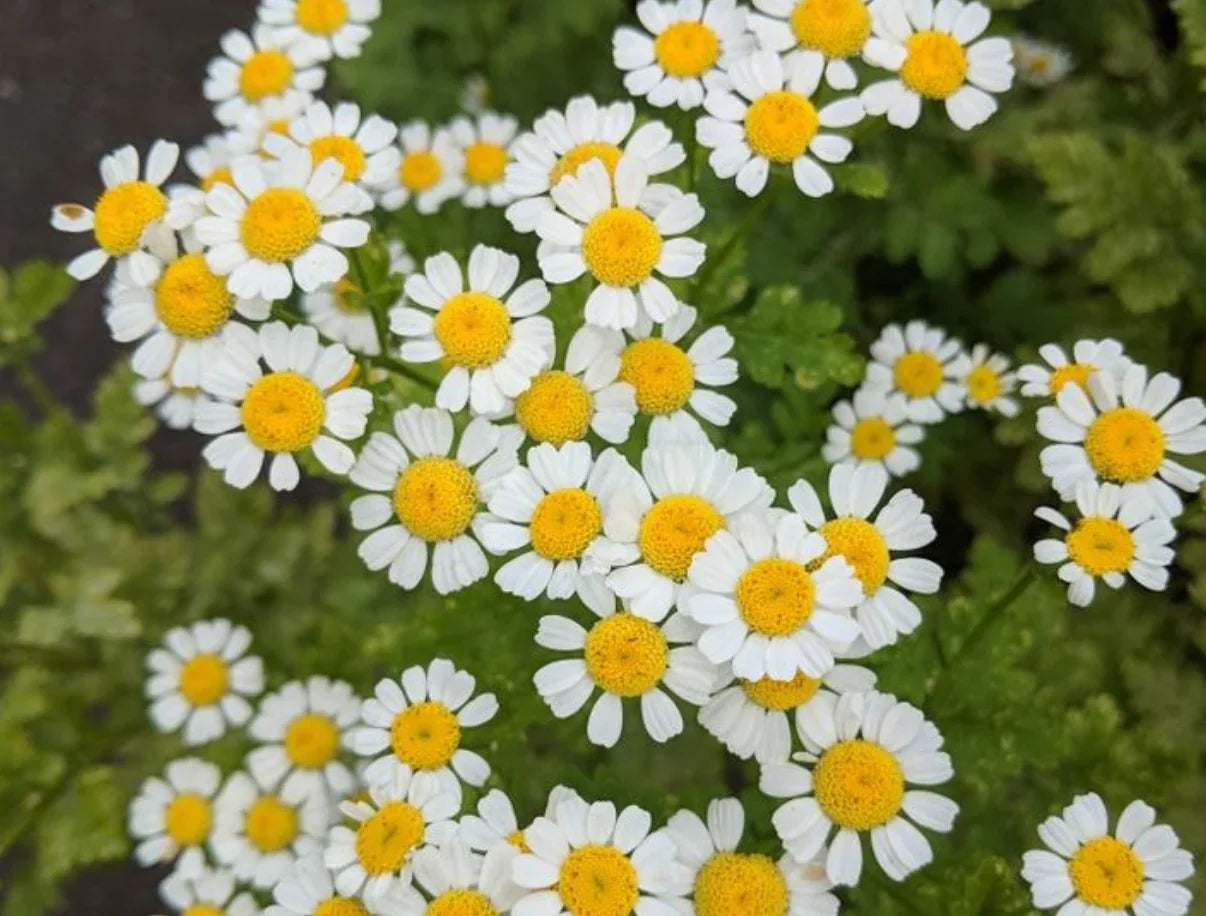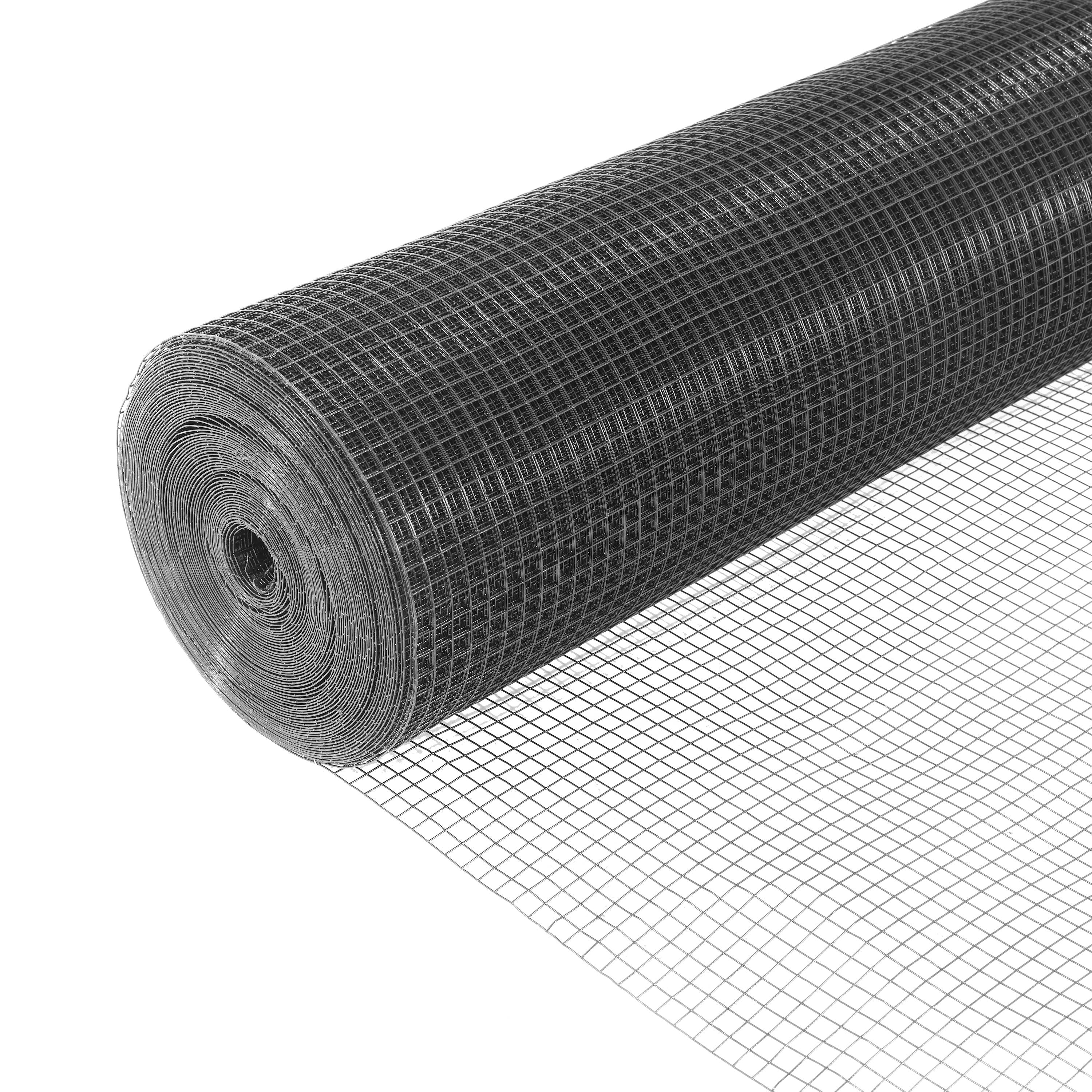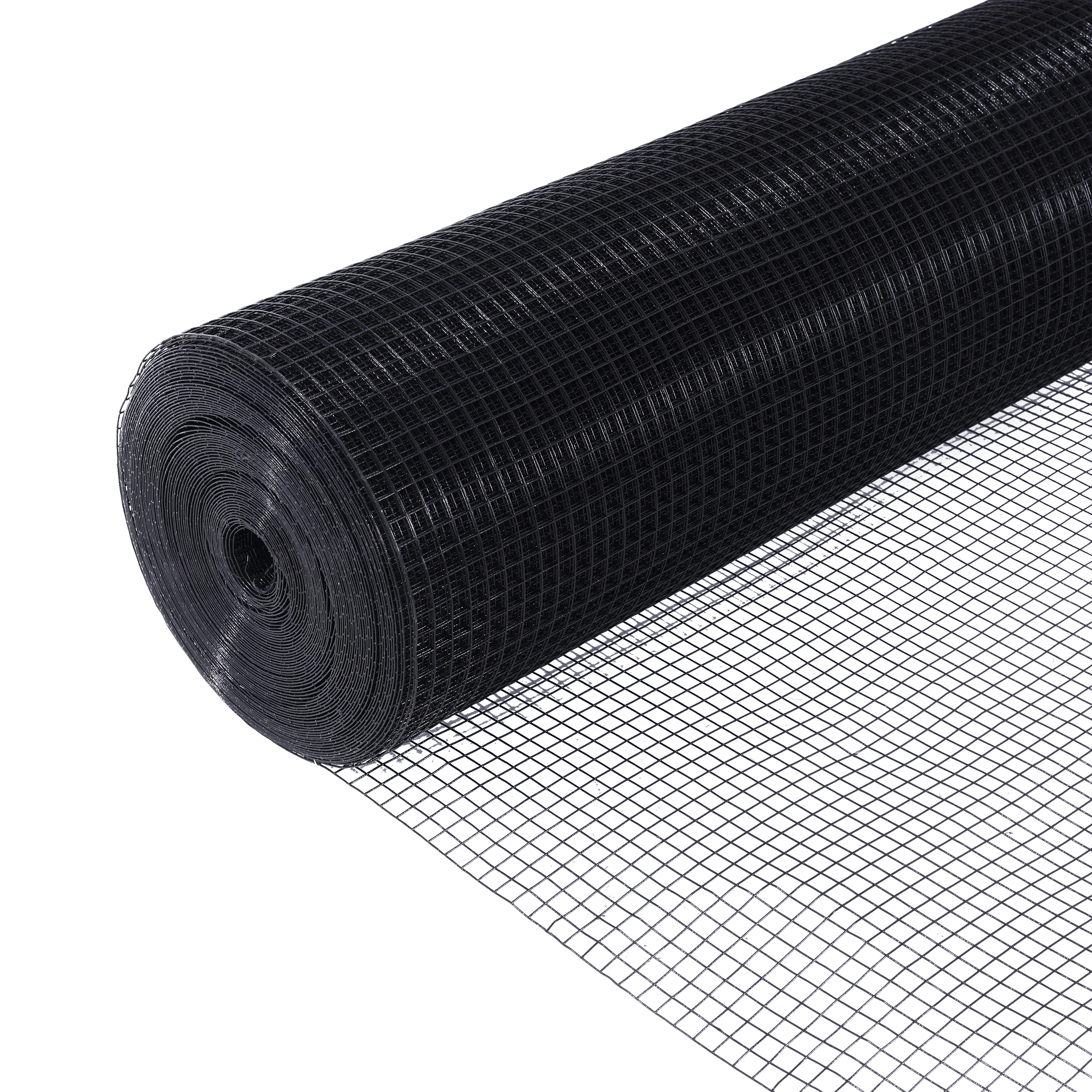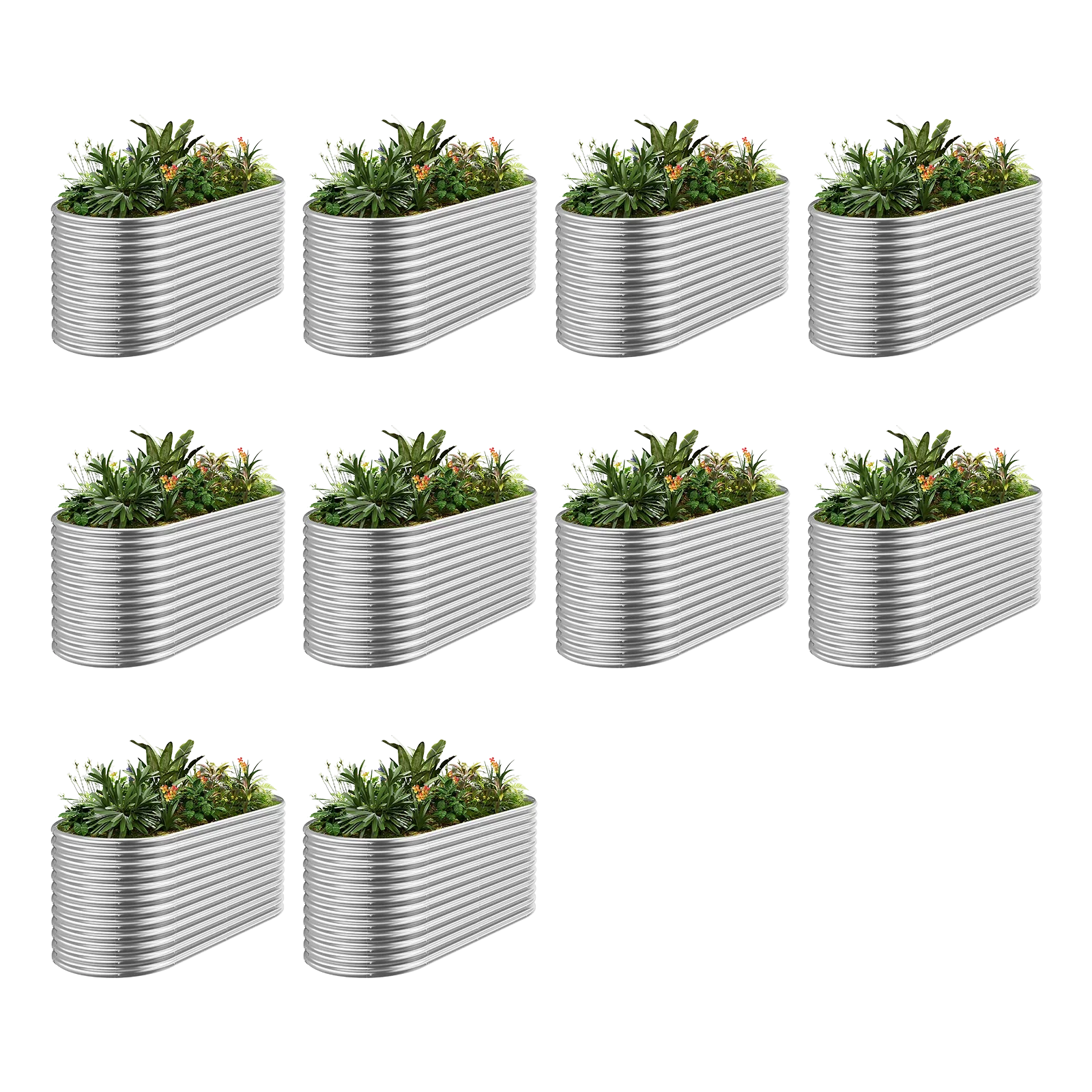As temperatures drop and summer gardens wind down, many gardeners mistakenly believe the growing season has ended. However, fall and winter offer exceptional opportunities for cultivating fresh, nutritious vegetables. Cool-season crops thrive in lower temperatures, often developing richer flavors and better textures than their summer counterparts. Discover which vegetables flourish during these cooler months and transform your garden into a year-round productive space.
Benefits of Growing Vegetables in Cooler Months
Understanding the advantages of cool-season gardening helps you make the most of fall and winter planting opportunities.
Longer Growing Seasons

Fall planting of vegetables greatly sustains and extends your productive garden beyond the normal spring and summer period of growth. Various vegetables are cold-tolerant and are capable of withstanding light frosts and carrying on with growth even during winter when the temperatures are relatively mild. Certain varieties of vegetables even ripen after being exposed to lower temperatures and are found to be sweeter since the cold turns the starches into sugars as a way of
The installation of oval-style raised beds exclusively for autumn harvests provides a designated area that continues to be productive even when the rest of the ground is not. The elevated nature of these planters enhances drainage during the wet season and increases the warmth of the soil during sunny days.
Less Pest Pressure

The cooler temperatures also help decrease the numbers of insects that infest a summer garden. This includes the common summer bugs such as aphids, tomato worm, and squash bugs. These bugs are not so common during the cold winter months.
The disease pressure also falls during autumn and winter. The fungal diseases that are common when the temperature is high and humidity is also high will be much less common when the air is cool and dry. Your vegetables won’t be wasting time and resources defending themselves against diseases and insects.
Top Vegetables for Fall and Winter Garden Beds
Selecting the right crops ensures a bountiful harvest throughout the coldest months of the year.
Kale: The Cold-Weather Champion

Kale represents the final cold-hardy vegetable that withstands temperatures below freezing. Kale becomes sweeter after the frosts, and the leaves are edible and have soft textures after the experience of frost. The plant also continues to yield new leaves throughout the winter months.
Plant the kale seedlings in plant beds spaced 12-18 inches apart. The shape of the oval plant beds increases the yield while allowing easy access to the plant from all sides. The upright growth of the kale plant makes these plant bed arrangements ideal.
Nutritional Benefits of Kale

Beyond its cold tolerance, kale delivers exceptional nutritional value. One cup provides over 100% of daily vitamin A, C, and K requirements. The vegetable contains powerful antioxidants, including quercetin and kaempferol, which support overall health. Iron, calcium, and fiber round out kale's impressive nutrient profile, making it a true superfood for winter meals. While kale is rich in these vitamins, the amounts can vary, with one cup typically providing over 100% of the daily value for vitamin K, but slightly less for vitamins A and C.
Spinach: A Nutrient Powerhouse

Spinach germinates quickly in cool soil and matures rapidly, often ready for harvest within 40 days. The leaves taste milder and less bitter when grown in fall compared to spring plantings, as slower growth prevents the plant from bolting.
How to Grow Spinach

Plant spinach seeds directly into raised garden beds after the average temperature stays below 70°F. Place spinach seeds one inch apart within six-inch intervals. Reduce the spacing to three inches after the seeds sprout. Its compact growth habit makes spinach a suitable candidate for intensive spacing within the oval bed arrangements.
Maintain a moist soil condition during the germination period. After that, spinach doesn’t require much maintenance, other than watering during dry times. Harvest the spinach regularly to encourage the center of the plant to continue producing new foliage
Carrots: Sweetness in the Cold

Cold weather transforms carrots from merely good to genuinely exceptional. As temperatures drop, carrots develop remarkable sweetness unmatched by summer-grown roots. The cool soil temperature slows growth, allowing sugars to concentrate and flavors to intensify.
Tips for Growing Carrots

Loosen soil deeply in your oval raised garden bed before planting carrots. The elevated structure naturally provides the deep, loose soil carrots need for straight root development. Mix in well-aged compost to improve texture and fertility.
Sow seeds directly, as carrots transplant poorly. Space rows eight inches apart and thin seedlings to two inches apart once they reach a few inches tall. Mulch around plants to maintain consistent soil moisture and temperature. Carrots can remain in the ground through winter in many regions, harvested as needed for ultimate freshness.
Garlic: Plant Once, Harvest Twice

Fall represents the only appropriate planting time for garlic in most climates. Individual cloves planted in October or November develop root systems before winter, then burst into growth come spring. The long growing period produces large, flavorful bulbs ready for summer harvest. However, in warmer climates, garlic can often be planted during other times of the year as well.
Separate garlic heads into individual cloves, keeping papery skins intact. Push cloves two inches deep into soil within your oval garden bed, spacing them six inches apart. The pointed end should face upward. Mulch heavily after planting to protect against harsh winter conditions.
Storing and Using Garlic

After harvesting garlic in early summer, cure bulbs by hanging in a warm, dry location for several weeks. Properly cured garlic stores for six months or longer in cool, dark spaces. Save your largest, healthiest bulbs from each harvest to plant the following fall, creating a self-sustaining garlic cycle.
Preparing Your Garden for Fall Planting in Oval Raised Beds

Proper preparation sets the foundation for successful cool-season vegetable production.
Soil Preparation Tips
Refresh tired summer soil by incorporating fresh compost several weeks before fall planting. Work in two to three inches of compost throughout your oval bed, mixing thoroughly with existing soil. The curved perimeter of oval raised garden beds makes adding and distributing amendments straightforward.
Test soil pH and adjust if necessary. Most fall vegetables prefer slightly acidic to neutral soil between 6.0 and 7.0 pH. Add lime to raise pH or sulfur to lower it based on test results. Allow several weeks for amendments to take effect before planting.
Choosing the Right Location
Position your oval raised garden bed in areas receiving full sun during fall and winter months. The sun's lower angle changes shade patterns compared to summer, so evaluate your site carefully. Southern exposures work best, providing maximum sunlight and warmth during shorter days.
Consider wind protection for winter plantings. Cold winds can damage tender leaves and dry out soil quickly. Place oval beds near fences, walls, or hedges that block prevailing winds while avoiding deep shade.
Planting Techniques for Success
Mastering different planting methods helps you adapt to changing weather conditions and crop requirements.
Direct Sowing vs. Transplanting
Root vegetables like carrots always require direct sowing, as transplanting damages developing roots. Leafy greens can go either way depending on timing and weather conditions.
Starting seedlings indoors six weeks before transplanting extends the growing season and ensures plants reach maturity before the harshest winter weather arrives. The controlled environment protects young plants during their most vulnerable stage. Transplanting into oval beds gives you precise spacing and instant garden impact.
Direct sowing works well for quick-germinating crops like spinach and radishes. Fall's moderate temperatures provide ideal conditions for seeds sprouting directly in garden beds.
Companion Planting Strategies
Maximize space in oval raised garden beds through thoughtful companion planting. Pair quick-maturing crops like radishes with slower-growing vegetables like carrots. The radishes will be harvested before carrots need the space.
Plant aromatic herbs like thyme or sage along bed edges to deter remaining fall pests. Garlic naturally repels many insects, making it an excellent companion for most vegetables. Avoid planting related species together, as they often compete for identical nutrients and attract similar pests.
Caring for Your Fall and Winter Garden
Consistent maintenance keeps your cool-season vegetables thriving through temperature fluctuations and challenging weather.
Watering and Fertilizing
Reduce watering frequency as temperatures cool and plant growth slows. Overwatering becomes a bigger risk than underwatering during fall and winter. Check soil moisture before watering, ensuring the top inch has dried out.
Apply a balanced, slow-release organic fertilizer at planting time. The gradual nutrient release matches the slower growth rate of cool-season crops. Side-dress leafy greens with compost mid-season if growth appears sluggish.
Protecting Plants from Frost
Monitor weather forecasts closely as winter approaches. Protecting plants from frost with row covers, blankets, or plastic sheeting when hard freezes threaten. The elevated structure of an oval raised garden bed makes draping covers simple, as you can secure fabric to the bed edges. Using a dedicated garden bed cover system can offer a more durable and reusable solution for frost protection.
Remove covers during warmer daylight hours to prevent overheating and allow air circulation. Heavy mulch around plants provides additional root insulation. Straw, shredded leaves, or pine needles work effectively as protective mulch layers.
Embrace Year-Round Abundance
Fall and winter gardening opens possibilities many gardeners never explore. Cool-season vegetables offer flavors and textures that summer crops cannot replicate. With proper planning and minimal effort, your oval garden beds can remain productive throughout the coldest months, supplying fresh vegetables when they're most appreciated and valuable for your table.
FAQs about Fall and Winter Vegetable Gardening
Q1: How Many Weeks Before My First Frost Date Should I Start Planting Fall Vegetables?
Start to plant your vegetables for the fall harvest 8 to 10 weeks before the first frost date for your area.
Q2: Can Cold-Hardy Vegetables Like Kale and Spinach Survive Being Covered in Snow?
Snow cover is not harmful to cold-hardy vegetables, and these vegetables often survive the cover because of the insulation effect of the ice. Kale and spinach are two such vegetables that withstand the effects of the ice cover.
Q3: How Often Do I Need to Water My Vegetable Garden During the Winter Months?
Water only during extended dry periods when soil becomes dry. Winter precipitation usually provides adequate moisture for dormant or slow-growing plants.






